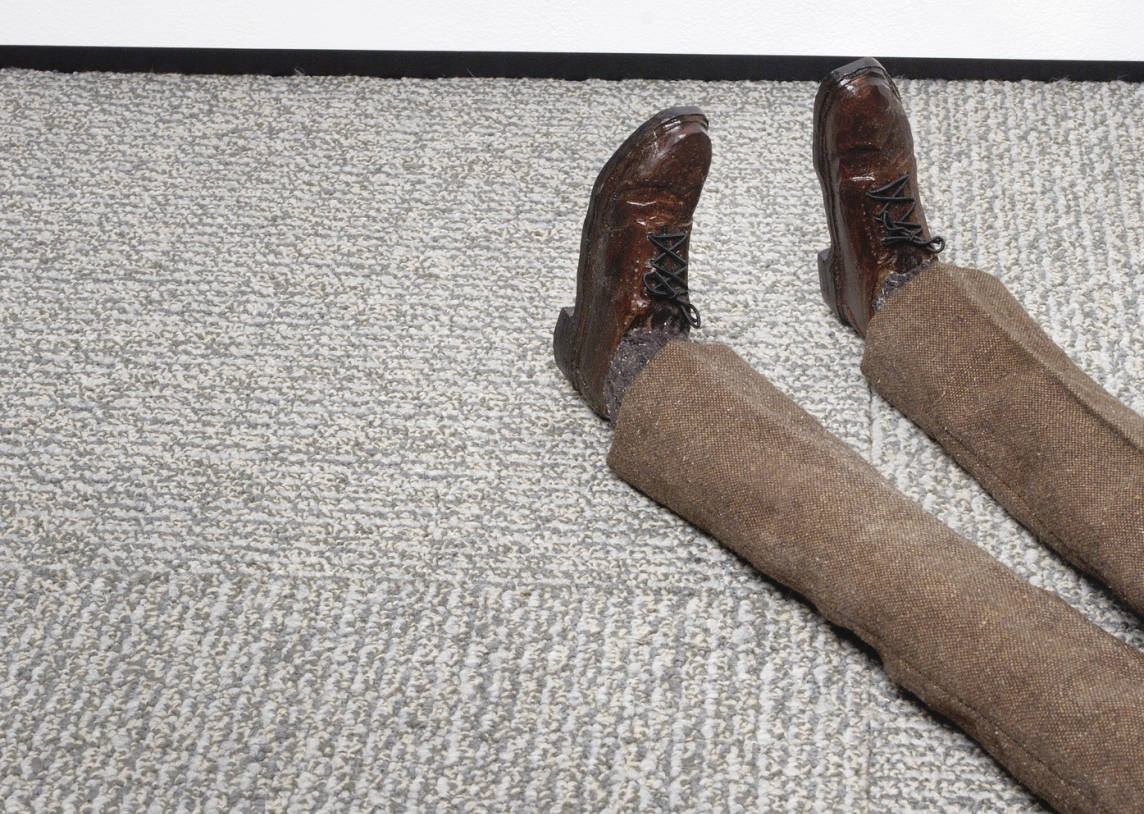- Scotland
- Content
News
Famous Puppet Death Scenes
Assembly Roxy
August 3 -28 (not 8, 15 & 22)
by Gareth K Vile
Behold: the eternal masterwork of puppetry for adults returns to Edinburgh! Willingly undergo a heart-wrenching parade of theatrical demises that will severely exacerbate your fear of death! All your favourite scenes: Edward's Last Prance by Samuel Groanswallow, The Feverish Heart by Nordo Frot, Why I Am So Sad by Sally, and the unforgettable Bipsy's Mistake from Bipsy and Mumu Go to the Zoo by Fun Freddy!
Answers provided by Pete Balkwill, co-artistic director at the Old Trout Puppet Workshop
www.theoldtrouts.org
What is it about puppetry that encourages you to use it to make performance?
In our opinion puppetry is the culmination of all expressive art forms colliding into one media. It holds the art of sculpture, visual and painted work, music, storytelling, drama, and lurches itself into a poetic dance before the audience.
In this way we don’t have to choose amongst the myriad forms but can challenge ourselves in all possible ways. Once you begin to employ the use of puppets you invite an additional collaborator into your process. The puppet invests an energy of its own which then creates unpredictable shifts in the direction of your story. It creates challenges of its own, the results of which can often be more interesting than the original idea – to which we then get to claim as our own genius – super handy that.
Do you see your work in any kind of tradition, or are there artists that you would call peers (or have influenced you)?
Our work sits in a familial tradition. That is to say that we invest in the human need to rely on others, to count on them to hold your back through the perils of art making – to love each other beyond all other ambitions.
As we work in our studio, we carry a similar tradition that is inherent in some philosophies not unlike the Quakers, who hold that you ascend to the height of the heavens through a rigid dedication and attention to detail in working (carving) with wood. Because we care about each other we are able to push ourselves as deep as possible into the art. We call it bare-knuckled creation.
To speak of puppeteers that have influenced us would be to speak upon the arc of humanity through the ages. It could be suggested that puppetry has been around before we even had words to form languages. If you don’t observe the work that has come before, if you don’t press yourself to learn from it, then you miss a major step in any pursuit.
None of us have graduated from a school of puppetry, we come from the institution of hard knocks and learn through failed attempts, but our inspiration comes from every puppeteer that has come before us.
What kind of response do you get from audiences for the puppets?
There is a remarkable response from audiences when they participate in puppet performances. We suggest that it is participation, for the puppet only lives through an invested relationship between the audience and the puppeteer. It is an alchemic process to bring a puppet to life. In truth that which sits before us is simply a block of wood.
There is a suggestion from the puppeteer that it might actually be a frog, but this equation is only completed by the investment of the audience member who agrees to also suggest that it is a frog. Then in one inexplicable moment it transcends the suggestion and actually becomes a frog before us. In this way the audience is also responsible for the brilliance of the experience. They leave the performance revelling in their own artistic mastery.

